Non stick cookware has transformed the way we cook, clean, and even eat. For decades, it has been the kitchen hero for busy households, amateur chefs, and health-conscious cooks alike. But with an overwhelming number of brands, coatings, and safety concerns on the market, choosing the right set can be daunting. This non stick cookware guide breaks down everything you need to know—materials, safety, performance, and care—to help you make a confident, well-informed purchase.
What Is Non Stick Cookware?
Non stick cookware refers to pots and pans engineered with a surface that reduces the tendency of food to stick. This technology is especially useful for cooking items like eggs, pancakes, and delicate fish, where sticking often ruins presentation and texture.
Common Materials Used in Non Stick Pans
- Teflon (PTFE): The most popular non-stick material, known for its smooth surface and slick performance.
- Ceramic: A newer alternative made from sand-based coatings, free of PTFE and PFOA.
- Hard-Anodized Aluminum: Durable and scratch-resistant, often combined with non-stick coatings.
- Cast Aluminum or Stainless Steel with Coating: Offers better heat distribution, often used in premium brands.
How Non Stick Coating Works
Non-stick coatings are applied through a spraying or dipping process. In the case of Teflon, a layer of PTFE is bonded to the pan’s surface during manufacturing. These molecules create a slick barrier that prevents food particles from clinging to the surface. Ceramic coatings, on the other hand, rely on silica-based layers that repel moisture and oils.
Advantages of Non Stick Cookware
Health Benefits
One of the key benefits of non stick cookware is that it requires less oil or fat to cook. This translates into healthier meals and lower calorie intake, especially when sautéing or frying. For individuals managing cholesterol or calorie-conscious diets, this can be a game-changer.
Ease of Cleaning and Maintenance
Non stick pans are notoriously easy to clean. A gentle wipe with a sponge is often all that’s needed. This not only saves time but also helps prolong the cookware’s life since harsh scrubbing is unnecessary.
Disadvantages and Potential Risks
Scratches, Peeling & Toxicity Risks
Low-quality or older non stick pans can suffer from peeling or flaking. When Teflon is overheated (above 500°F/260°C), it may release toxic fumes. Although modern PTFE pans are PFOA-free and generally safe when used correctly, damage to the coating can expose consumers to potential contaminants.
Heat Limitations
Non stick cookware is not designed for high-heat cooking. Exposing them to intense temperatures can degrade the surface or release fumes. For searing steak or stir-frying at high heat, stainless steel or cast iron is preferable.
Types of Non Stick Coatings Compared
Teflon (PTFE)
PTFE is the original non-stick technology and remains the most effective in terms of food release and cleaning. Modern Teflon is PFOA-free and regulated by FDA and EPA standards.
Pros:
- Very slick and easy to clean
- Affordable
- Long-lasting with proper care
Cons:
- Susceptible to scratches
- Unsafe if overheated
Ceramic Coating
Ceramic is often marketed as a “green” alternative. It’s made from natural minerals and doesn’t emit harmful fumes.
Pros:
- PTFE and PFOA-free
- Environmentally friendly
- Better for medium-heat cooking
Cons:
- Shorter lifespan
- Less non-stick over time
Diamond/Granite Infused Coatings
These blends often add strength and longevity to cookware. They are typically a hybrid of PTFE with infused minerals.
Pros:
- Tougher surface
- Improved scratch resistance
- Eye-catching aesthetic
Cons:
- Usually more expensive
- May still contain PTFE
How to Choose the Right Non Stick Cookware
Assessing Your Cooking Needs
Are you a casual home cook, or do you prepare meals daily for a family of five? Frequency and type of cooking should guide your decision.
| Cooking Style | Recommended Cookware |
|---|---|
| Occasional Use | Affordable PTFE pans |
| Daily Cooking | Mid-range ceramic or hard-anodized |
| High-performance Needs | Premium non-stick with multi-layer coatings |
Coating Durability and Lifespan
Look for labels indicating the number of coating layers. Generally, 3-layer pans last longer and resist wear better than 1-layer ones.
Handle Quality and Base Material
Handles should be riveted (not screwed) and preferably made from silicone or stainless steel for heat resistance. For induction stovetops, ensure the base is magnetic.
Best Practices for Care and Maintenance
Cleaning Do’s and Don’ts
Do:
- Hand wash with soft sponges
- Use warm, soapy water
- Dry immediately
Don’t:
- Use metal utensils or steel wool
- Run through dishwasher if not explicitly allowed
- Stack without padding between pans
Cooking Tips to Avoid Damage
- Always use low to medium heat
- Avoid preheating empty pans
- Use wooden, plastic, or silicone utensils
Top Brands in Non Stick Cookware (2025)
T-fal
A household favorite, T-fal delivers affordability, quality, and consistent results. Their Thermo-Spot indicator ensures proper preheat.
GreenPan
This Belgian brand pioneered ceramic non-stick. They’re known for toxin-free, eco-friendly coatings with vibrant designs.
All-Clad and Calphalon
Premium options that combine craftsmanship with modern tech. These brands offer hard-anodized, multi-layer non-stick lines built for serious cooks.
FAQs About Non Stick Cookware
Q1: Is it safe to use scratched non stick pans?
A: No. Scratches can expose the base material or release degraded chemicals. It’s best to replace damaged pans.
Q2: Can I use non stick cookware in the oven?
A: Yes, but check the oven-safe temperature. Most are safe up to 350°F–500°F.
Q3: What oil is best for non stick pans?
A: Use oils with high smoke points like avocado or refined olive oil. Avoid aerosol sprays.
Q4: How long do non stick pans last?
A: Typically 2–5 years depending on use and care. Higher-end models last longer.
Q5: Can I recycle old non stick pans?
A: Some manufacturers offer recycling programs. Check with your local waste center or brand.
Q6: What is the healthiest non stick option?
A: Ceramic-coated pans are often considered safer and more eco-friendly than traditional PTFE.
Conclusion: Making the Right Choice
Whether you’re a weekend cook or a full-time foodie, investing in the right non stick cookware can elevate your kitchen experience. Understand the materials, know the limitations, and take care of your pans—they’ll reward you with easy, efficient, and enjoyable cooking for years to come.
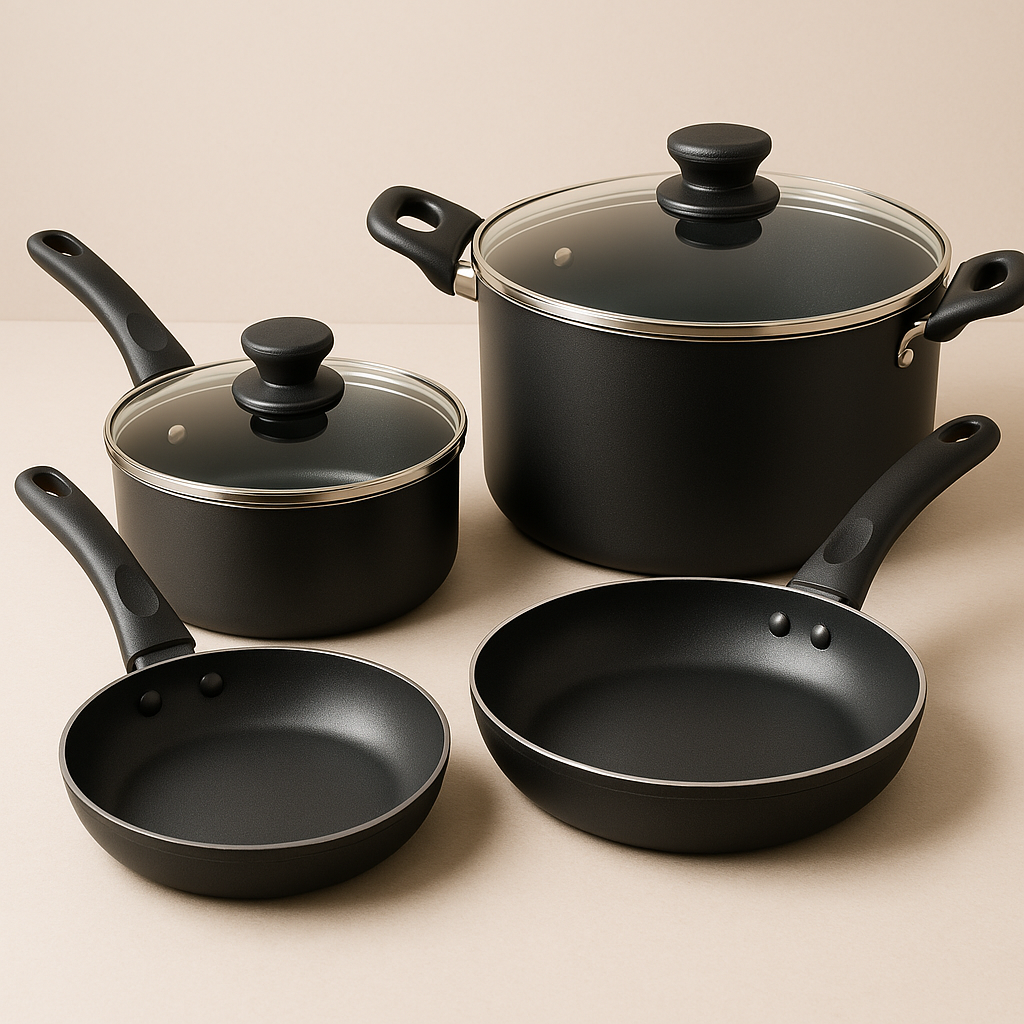

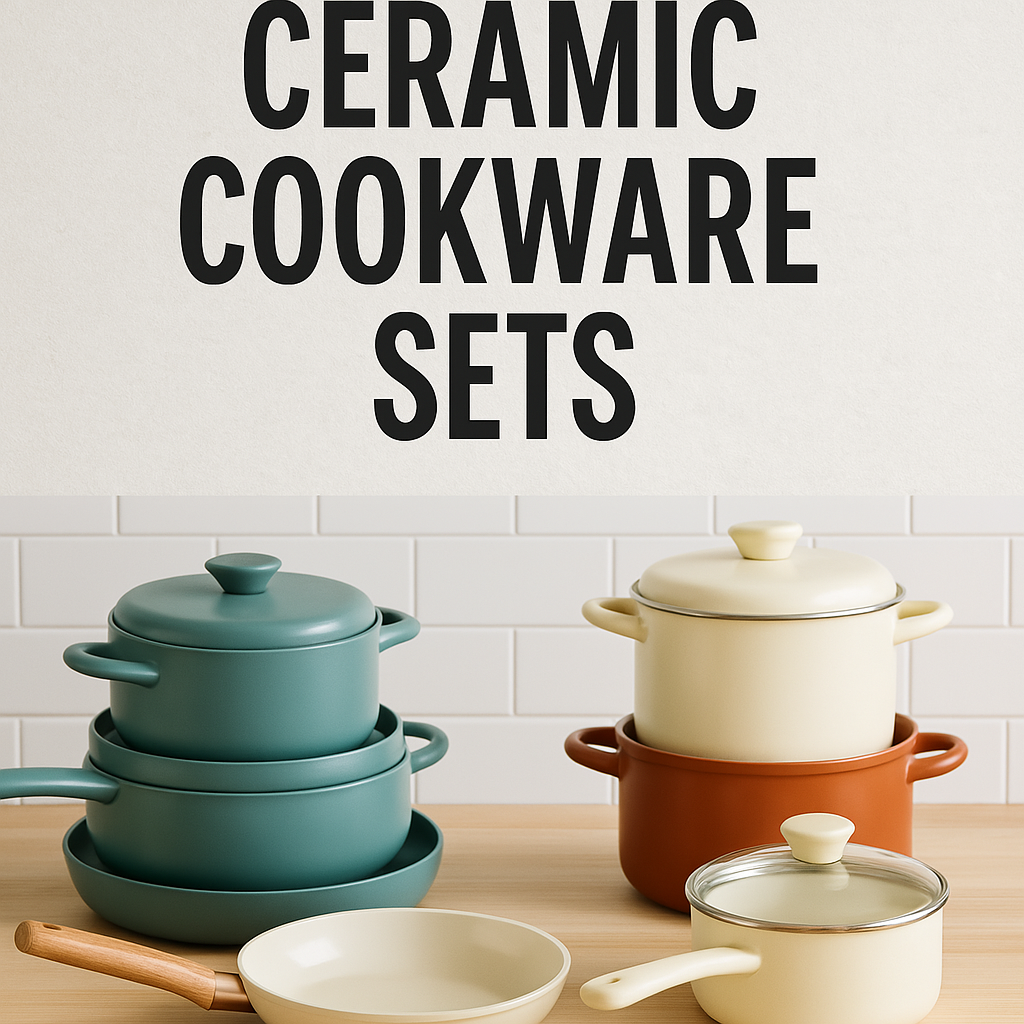
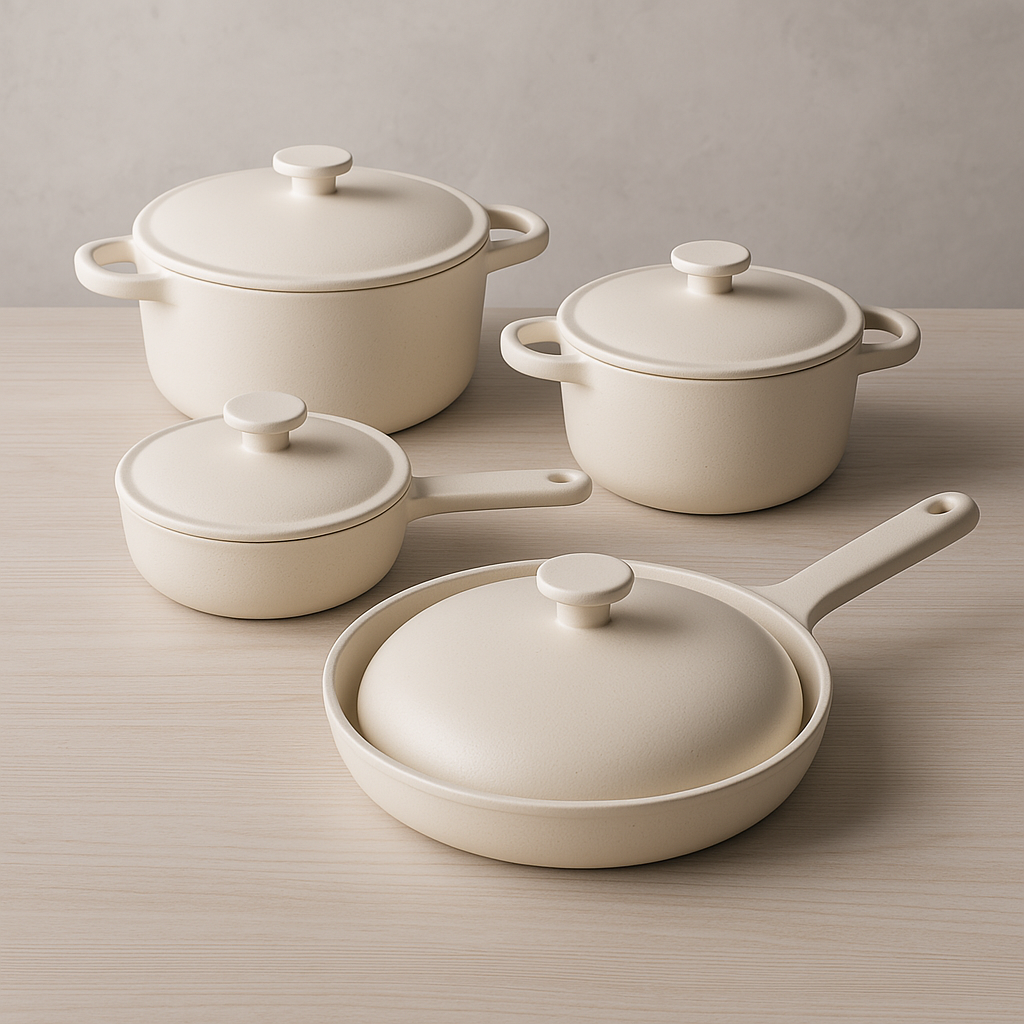
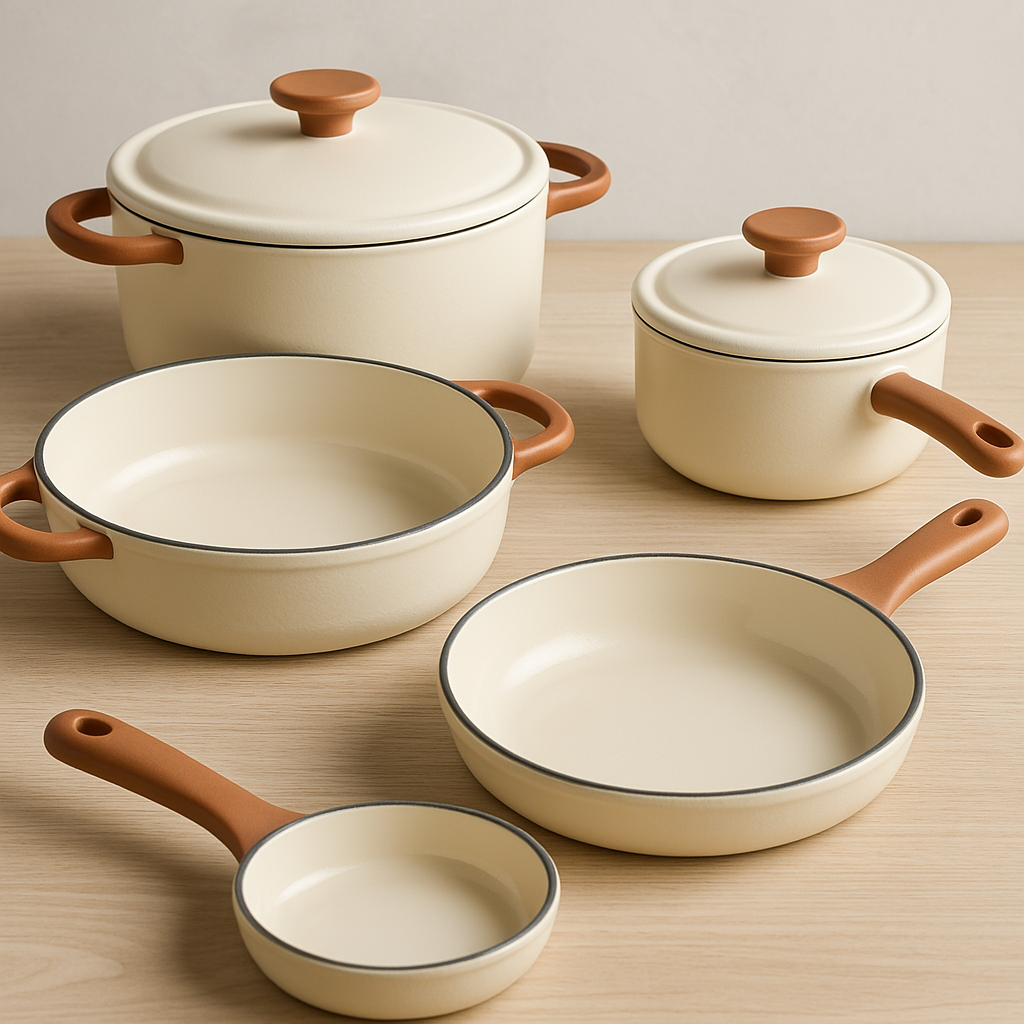
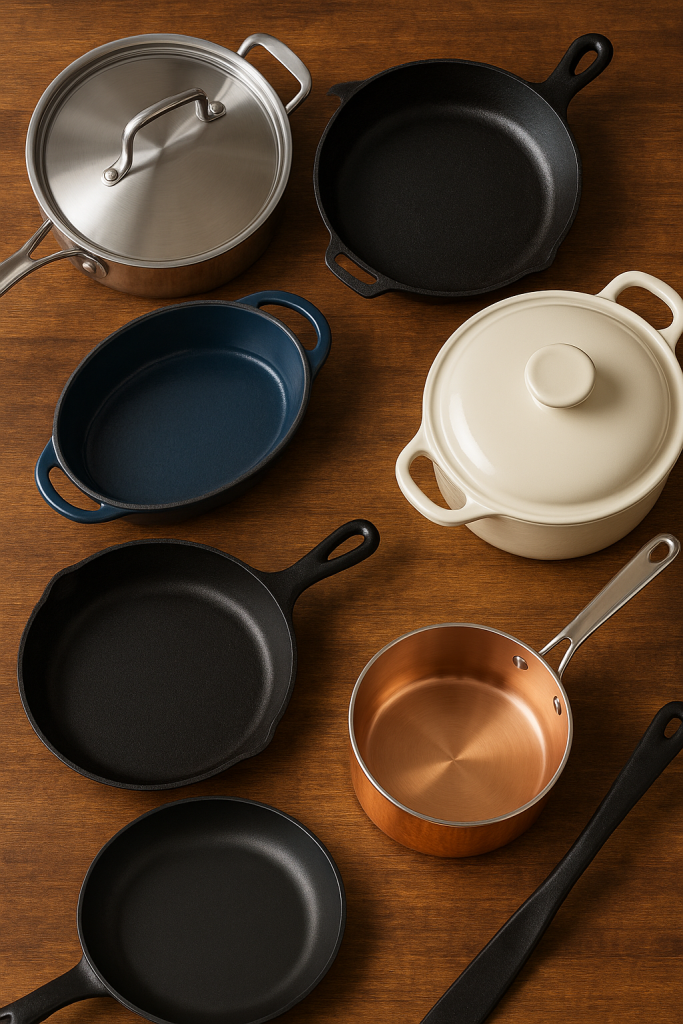
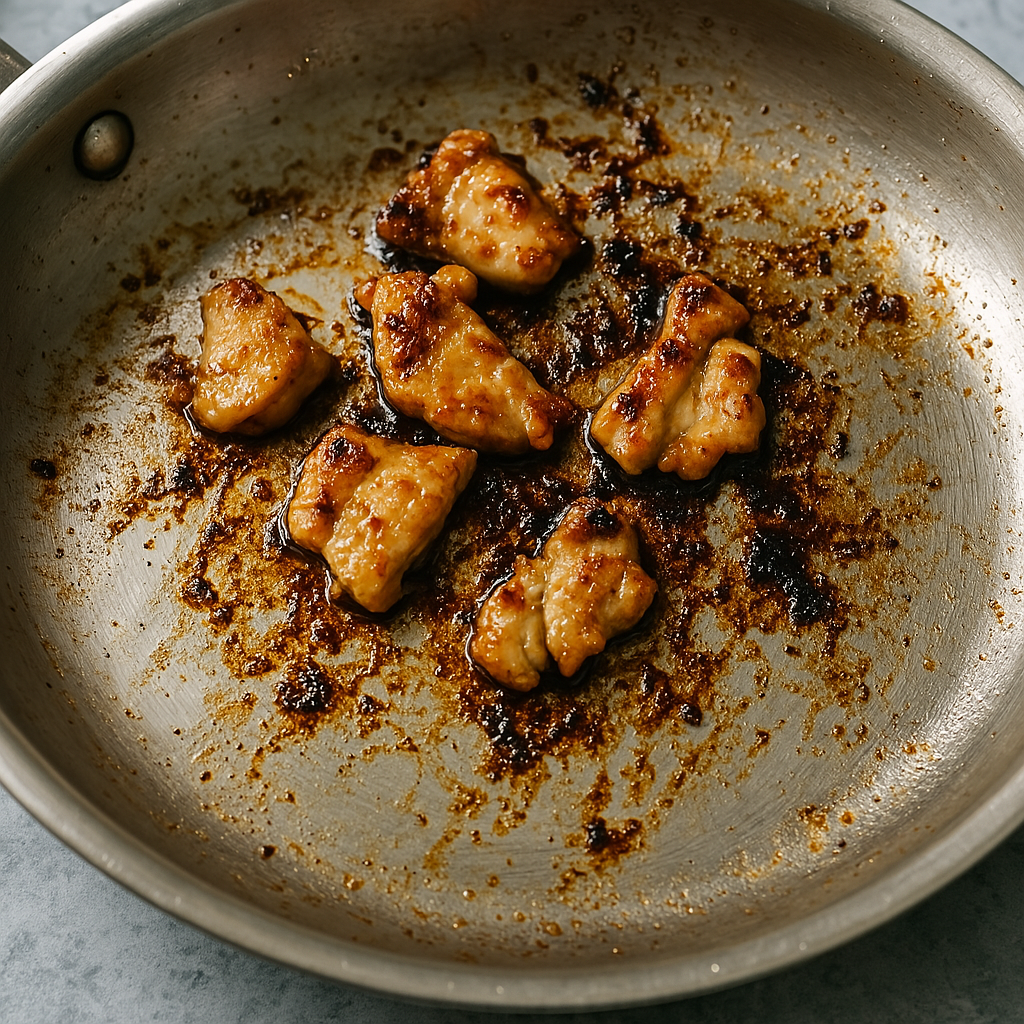
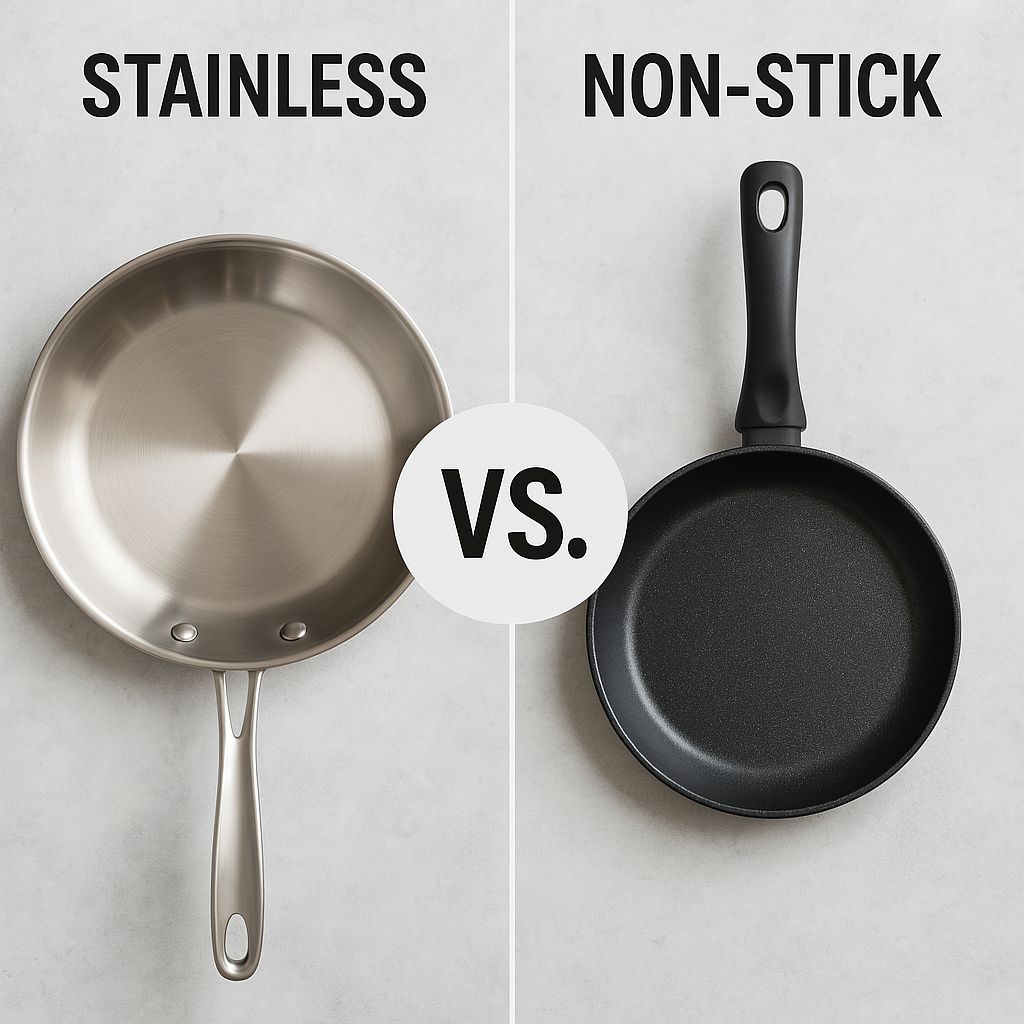
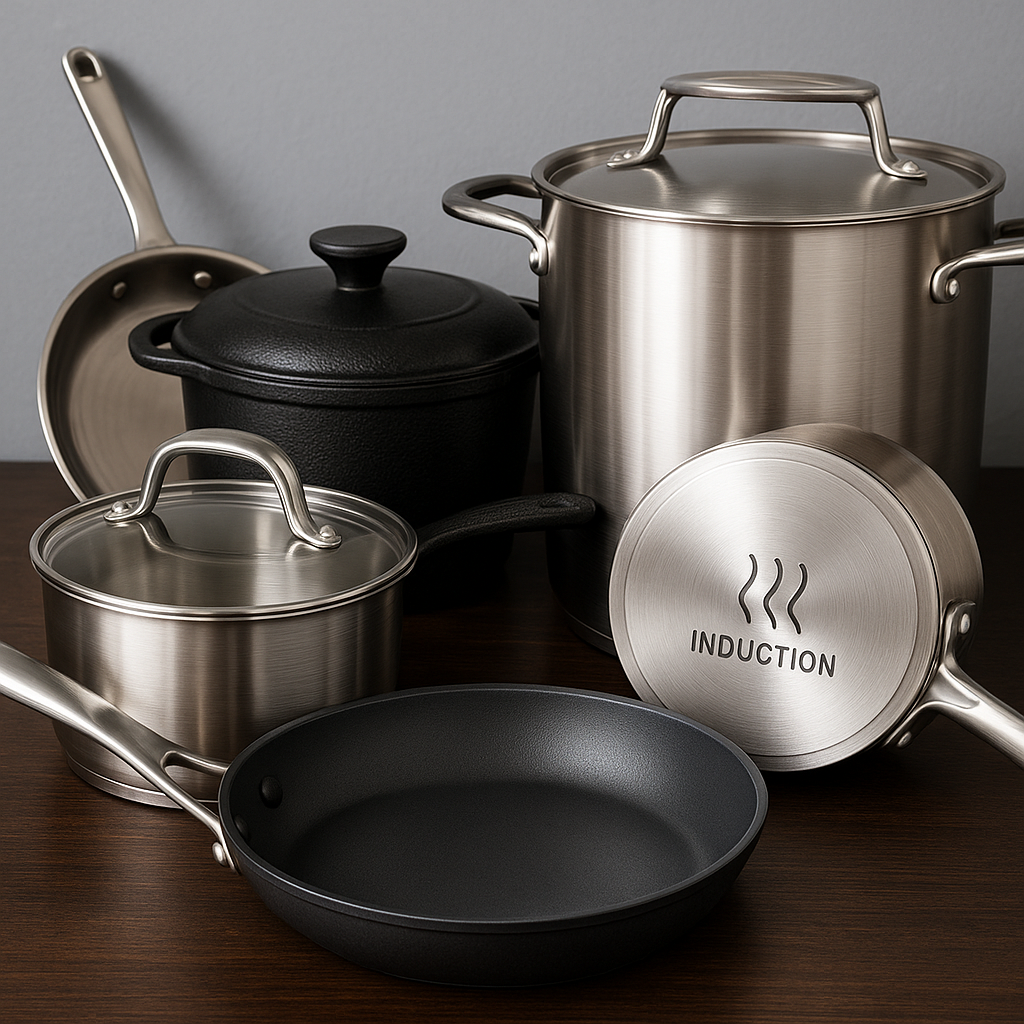
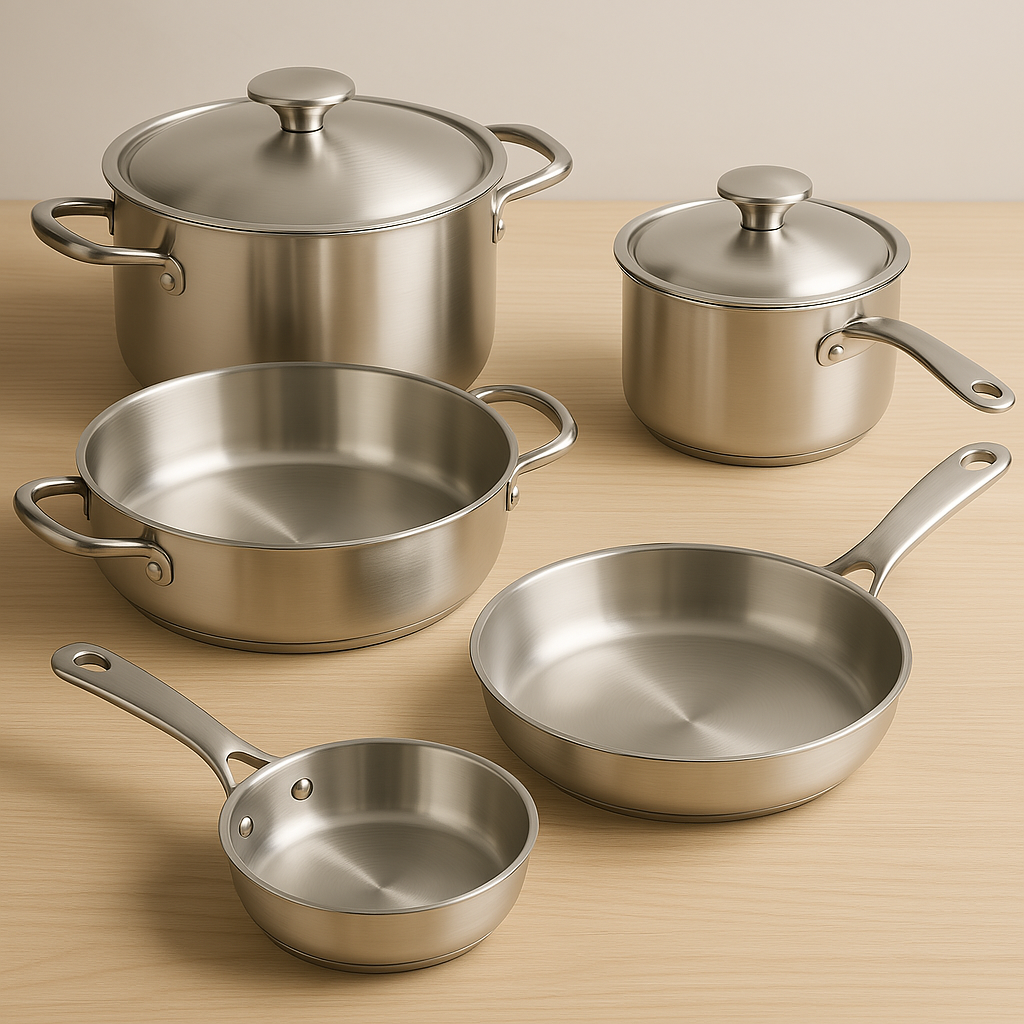
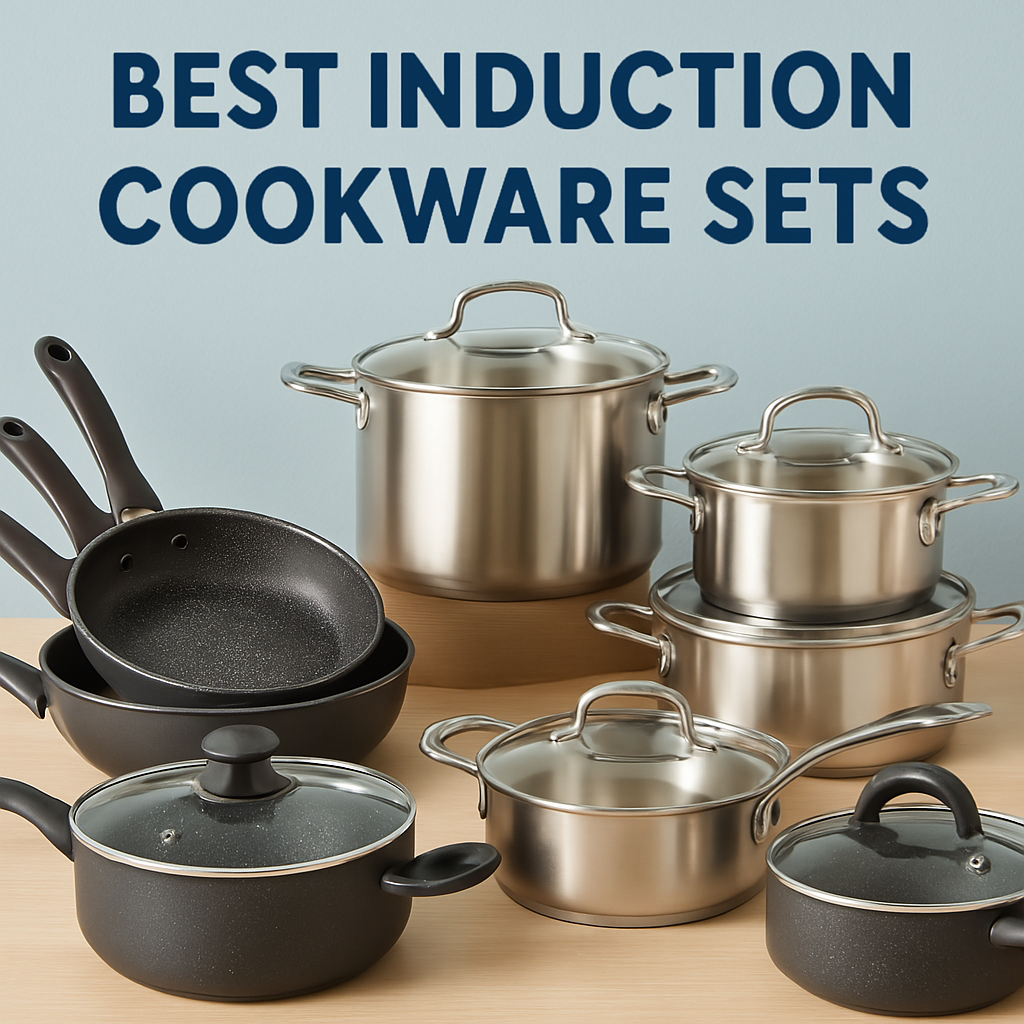
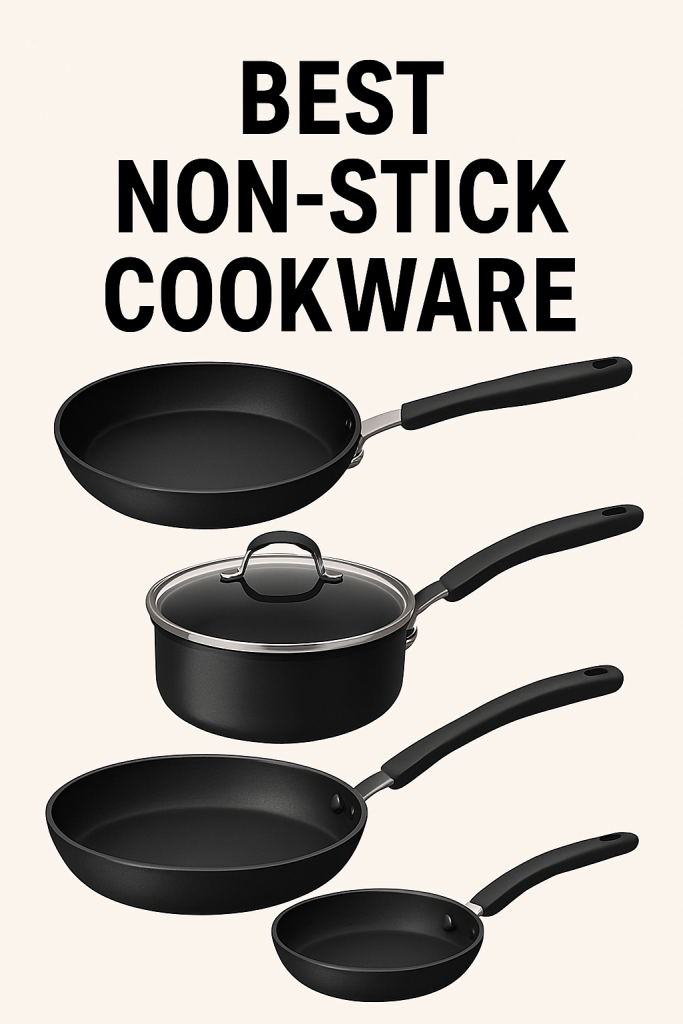
Leave a Reply